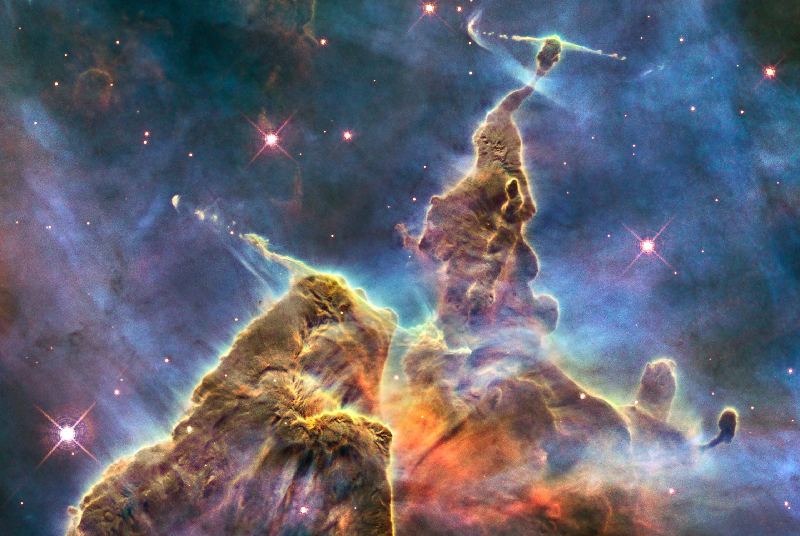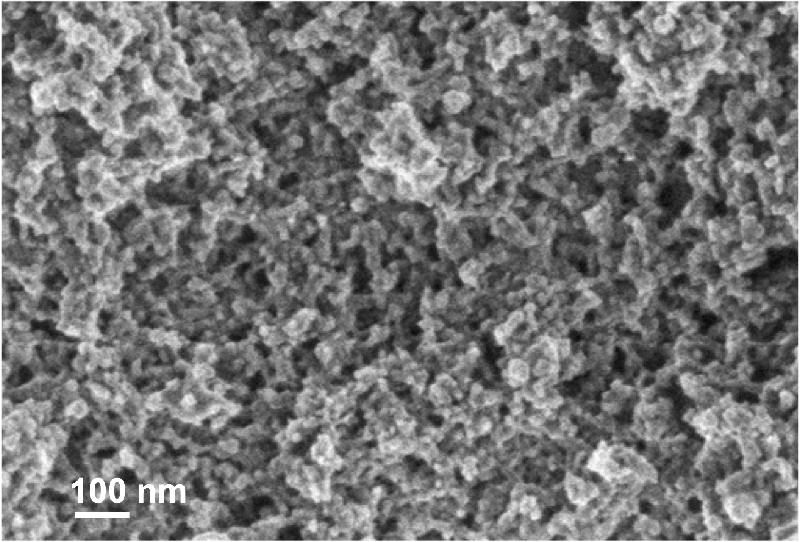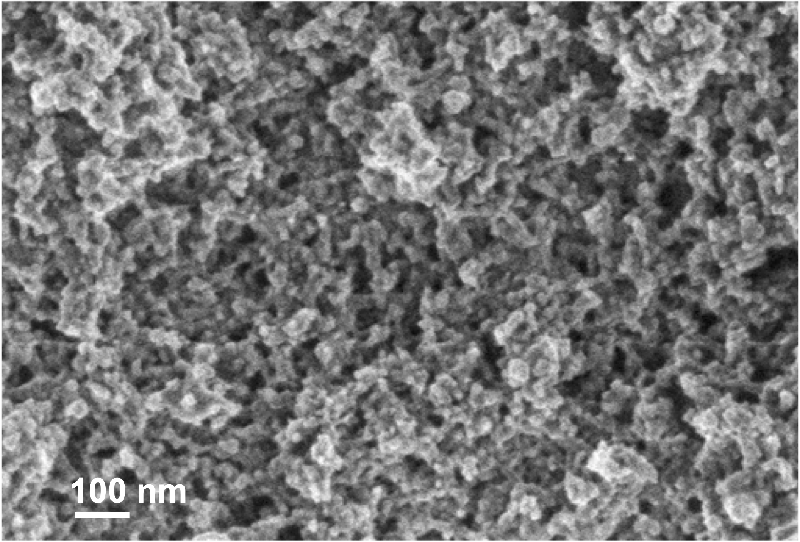Space Dust May Not Be So Icy
Comets, asteroids, and planets ultimately emerge from the aggregation of space dust, along with significant contributions from other chemicals created in reactions on the dust particles’ surfaces. Experiments with dust particle analogs produced in the lab now show that the particles can be far more porous than expected, which suggests that the thick layer of ice that was believed to coat such particles may in fact be whisper thin. The researchers say that the lack of ice could greatly alter the set of chemical species created at particle surfaces, potentially changing our understanding of how quickly astronomical chemical factories produce various organic molecules, including some that could be precursors to life.
Many important astrophysical environments are both cold and dusty. These include the molecular clouds from which stars form and the dense disks of gas and dust around new stars, from which planets emerge. Astrophysicists have long understood that the surfaces of dust particles in such regions act as sites for chemical reactions that create a wide range of molecules, from hydrogen gas to alcohols. All of these chemicals are important components of rocky objects such as planets.
For the past few decades, researchers have assumed that these dust particles are coated with hundreds or thousands of molecular layers of various ices—not only frozen water, but also other compounds including carbon monoxide, ammonia, and methane. So the surface chemical reactions would mainly involve molecules from these layers, rather than the carbon- and silicate-based compounds beneath.
Now Alexey Potapov of the Max Planck Institute for Astronomy and the Friedrich-Schiller University of Jena, Germany, and his colleagues have found evidence from laboratory experiments that the assumption of thick ice may be wrong. They were motivated by previous research suggesting that some astrophysical dust particles may be highly porous, sponge-like in structure, with very high effective surface area. Astronomical observations suggest that the amount of ice available for each dust particle is fixed, so if the particle is very porous, the available ice would spread out into a thinner layer than would be expected for a smooth dust particle having a smaller surface area.
To test this idea, the researchers created their own dust particles by mimicking a process that occurs in astrophysical environments. Dust particles often form in regions around stars as gases condense in colder areas, forming tiny grains. These particles grow as new atoms strike them and then stick. The team simulated this growth process by aiming a beam of carbon atoms at a solid surface, where the atoms could aggregate. The resulting dust particles, Potapov and colleagues found, were highly porous, with a very high surface area.
Potapov suggests that the ice layer forming on some grains would be just a single molecule thick, with others a few layers thick. This estimate comes from measurements of the increase in effective surface area compared with a smooth granular surface. “It's like spreading butter on bread,” says Potapov. “You get a thinner layer if the bread is larger, with more surface.” In the case of the dust grains, much of that surface exists within the convoluted holes inside the porous material.
This finding, the researchers believe, could change a lot of thinking about astrophysical chemistry. The possibility that carbon- and silicate-based materials of dust particles participate in surface reactions suggests that a wider range of molecules could form and that the rates of various reactions could be different than previously thought. Some of the key organic molecules found in planets and comets could form on these surfaces with far greater speed and efficiency. These may include some molecules thought to participate in prebiotic chemistry, such as formaldehyde and ammonium carbamate.
“It's not only the chemistry, but the physics as well,” says Potapov. “The nature of the surface strongly influences other processes such as desorption, adsorption, and diffusion of molecules.” The rates at which these physical processes occur can strongly influence the key outputs of surface chemistry.
Harold Linnartz of Leiden University in the Netherlands studies astrophysically relevant chemistry in the lab. He says that in his experiments, the dust particle surface beneath the ice plays no chemical role if the ice is about 50 molecular layers thick, but it does play a role if the thickness is less than about 5 layers. For porous dust, there may be more exposed dust surface available than ice-covered surface, he says, “so here indeed surface reactions [with the dust material] may take place.”
This research is published in Physical Review Letters.
–Mark Buchanan
Mark Buchanan is a freelance science writer who splits his time between Abergavenny, UK, and Notre Dame de Courson, France.







